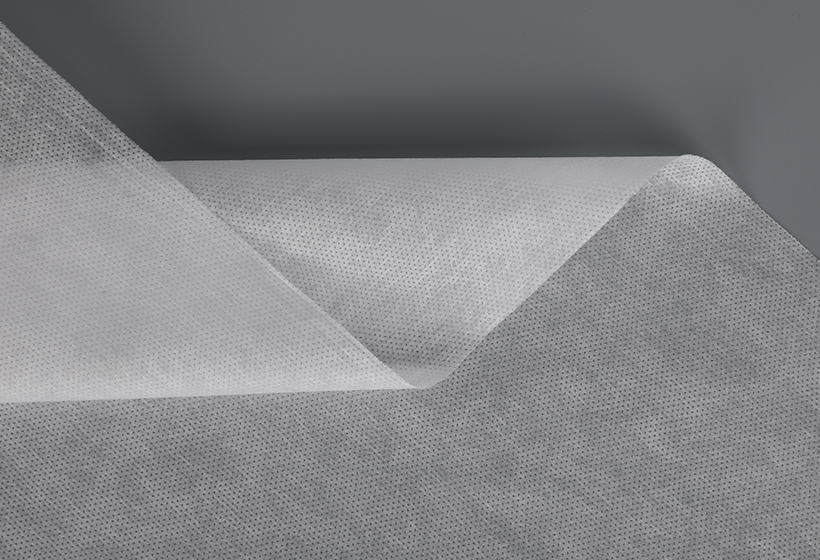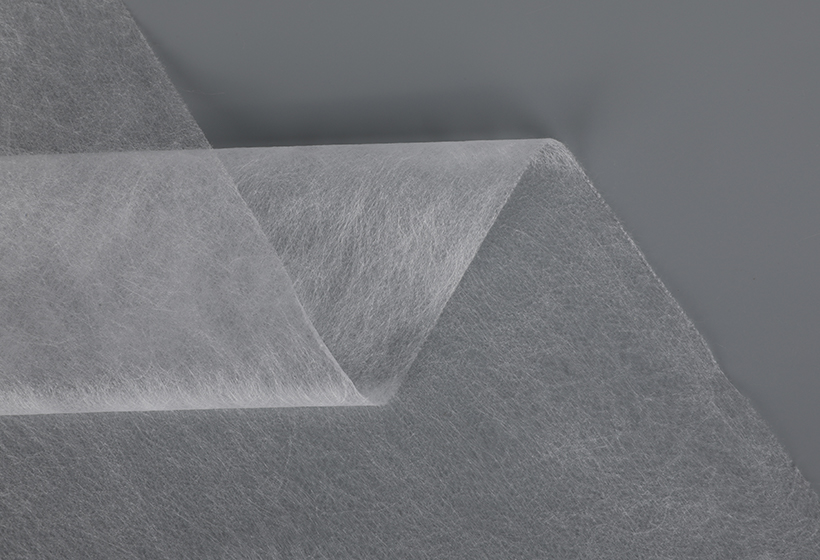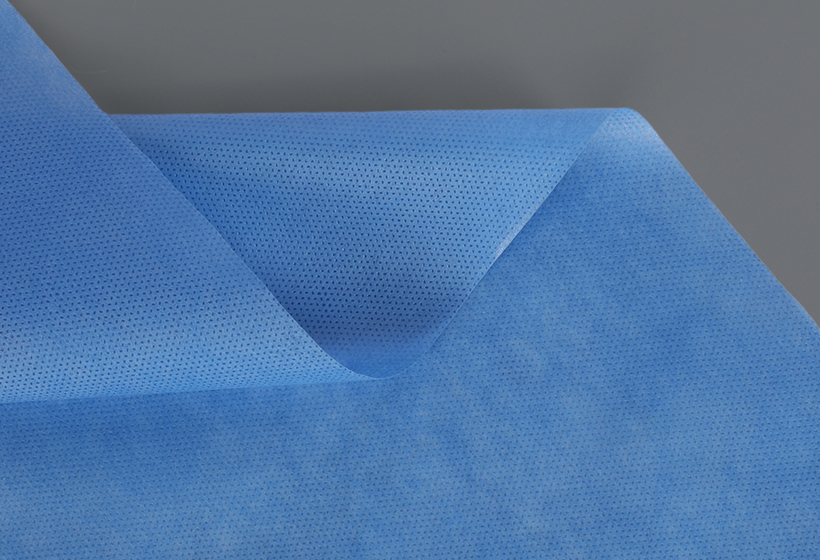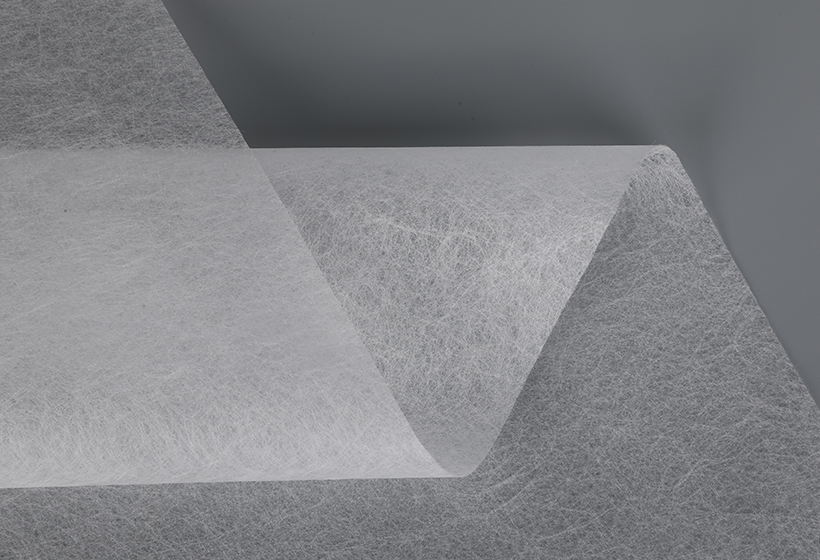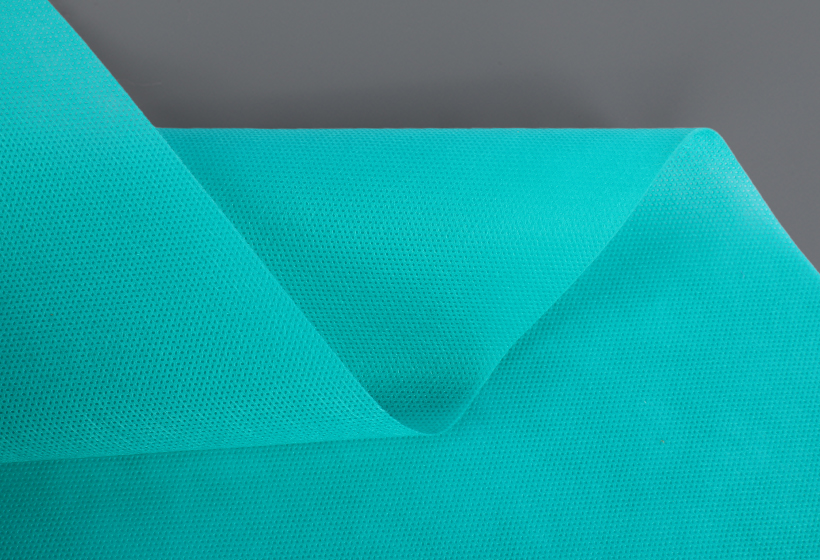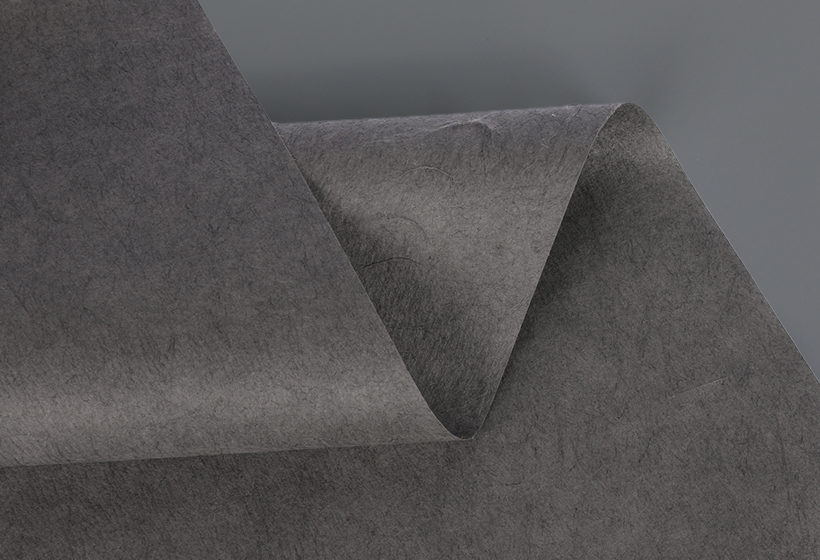Biodegradable Nonwoven Fabric
Polylactic acid is one of the most common types of biodegradable nonwoven fabrics. PLA is a natural plant-derived material and it is used in many applications, such as clothing, home textiles, and medical supplies. It is also an excellent alternative to petroleum-based plastics because it is environmentally friendly and is made from renewable resources.
Although PLA is a relatively recent innovation, it is already becoming more widespread. Despite the fact that there are a few drawbacks to using it, it is highly versatile and has several useful applications. For example, it can be used to produce products such as sanitary napkins and a wide variety of disposable medical devices.
In fact, it can be used in a number of demanding applications. Specifically, it is ideal for products that require excellent moisture absorption, durability, heat resistance, and slip. Additionally, it can be used in products that require a high level of chemical resistance. Compared to other synthetic fibers, PLA is very durable, and it is also very environmentally friendly. Moreover, it is easy to recycle.
The process of producing nonwovens with PLA is quite simple. After corn starch is converted into lactic acid, the liquid is pumped through a machine that spins the plastic pellets. These pellets can then be used in a wide variety of nonwovens. Besides, it can be used in conjunction with other plant-based fibers such as rayon. Some plants, like cassava, are also sources of polylactic acid.
Nonwovens with PLA are commonly used in the agricultural industry, such as in agricultural and geotextiles. Other uses include medical products such as sanitary napkins, bed sheets, and surgical gowns. Lastly, some blends use PLA with other natural materials, such as wool. Using a mixture of natural fibers can give the fabric better abrasion resistance and wrinkle resistance.
Because of the inherent properties of PLA, it is an ideal choice for a wide variety of biodegradable medical and healthcare applications. Unlike traditional plastics, it is non-toxic, has a weak acid affinity to the skin, and is completely biodegradable. Depending on the formulation, PLA degrades rapidly into CO2 and H2O. This makes it very suitable for medical implants, which gradually transfer the load to the bone as the area heals.
Despite its relatively recent advent, PLA has already been embraced by the global healthcare community. One such application is the development of a PLA blood pressure cuff shield. This product has been approved for use in Canada and is waiting for FDA approval for sale in the United States. Moreover, there are PLA-based disposable wipes being developed by Biovation. Another application is the production of a PLA boot-drying product for the U.S. Marine Corps.
As a result, more and more countries are trying to promote the use of biodegradable and degradable materials. This will help reduce the demand for disposable medical and healthcare products and increase the number of biodegradable alternatives on the market. However, functional surfaces that are biodegradable still remain highly desirable.
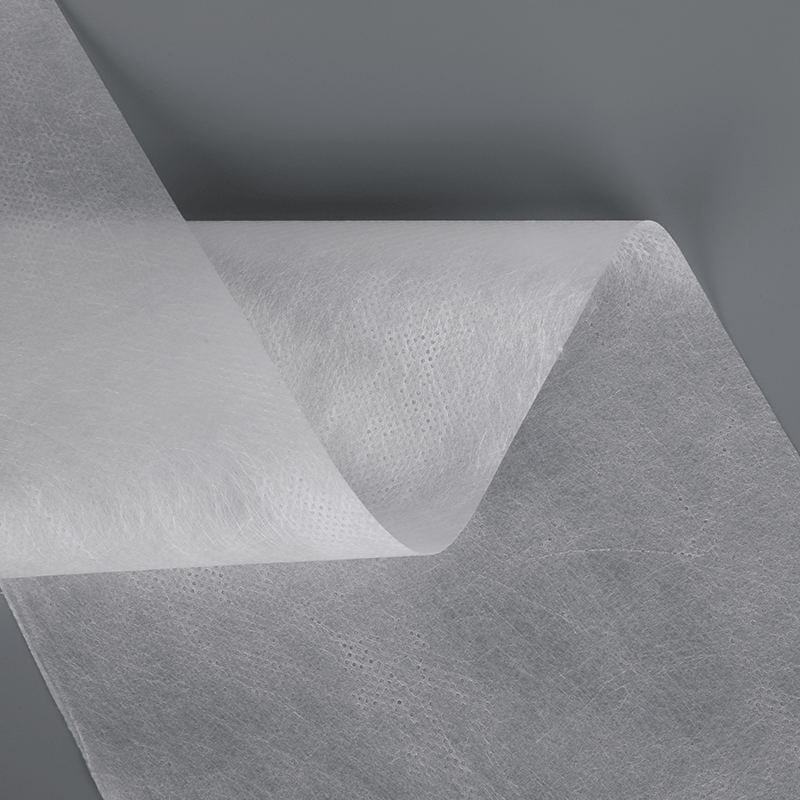 Fully Degradable PLA Polylactic acid
Fully Degradable PLA Polylactic acid
Features:
Corn fiber (PLA), also known as polylactic acid (PLA), is a new type from biodegradable material. Through the spunbonding process, the polymer is extruded and stretched to form a continuous filament, and the filament is laid into a net , The fiber web is then subjected to self-bonding, thermal bonding, chemical bonding or mechanical reinforcement methods to turn the fiber web into a non-woven fabric. The use of corn fiber in PLA nonwoven fabric helps reduce petroleum-based products, and is highly eco-friendly. It is also fire-retardant and antibacterial. They are used in kitchens, bathrooms, bedrooms, and even living rooms. They are soft to touch and do not damage surfaces.
Weight:10gsm-200gsm
Width:1.6m
Color:White
Capacity:5 tons/day
Applications:: filter bags, tea bags, dust bags, etc


 English
English Español
Español
